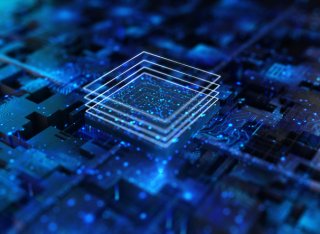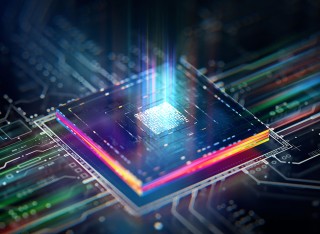
Quantum information and quantum computing
If quantum computers are to become a reality and give us an advantage over classical computers, then we must overcome a number of challenges, such as reducing the error rate experienced when implementing quantum gates.
Research leads
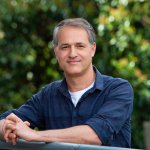
Dr Eran Ginossar
Associate Professor, Associate Head for Research & Innovation
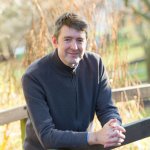
Professor Benedict Murdin
Professor
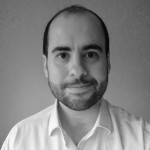
Dr Jesús Rubio Jiménez
Surrey Future Fellow
Overview
Our work in this area is geared towards developing the building blocks and protocols for quantum information processing with solid state devices. Our research is strongly motivated by experiments which routinely raise research questions in quantum optics and coherent control. The methodology involves taking a non-equilibrium open system approach to modelling and employing large scale computer simulations.
Recurrent neural networks for modelling quantum dynamics
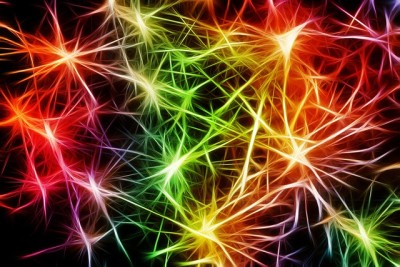
Exploring the dynamics of open quantum systems of ever-increasing complexity plays a major role in the development of artificial structures capable of processing information on shorter and shorter time and length scale. Even for low-dimensional Hilbert spaces, there are significant challenges in unravelling the dynamics of quantum systems coupled to structured photonic reservoirs.
In particular, in the case of micro-structured photonic systems, such as photonic crystals, fast variations with the frequency of the photonic density of states around the band edges of the photonic band gaps make the usual Markovian approximation invalid and new theoretical frameworks are needed.
We are currently exploring recurrent neural network frameworks to model the non-Markovian dynamics exhibited by two-level atoms interacting with the radiation reservoir of a photonic crystal. Despite the strong non-Markovianity of the atomic dynamics induced by the strong spectral variation in photonic density of states of the photonic reservoir, our results suggest that recurrent neural network approaches are able to capture precise details in the atomic evolution, including the fractional steady-state atomic population inversion and the AI-framework is robust against reduced data sets and able to deal effectively with open quantum systems of increased complexity.
Quantum reservoir computing
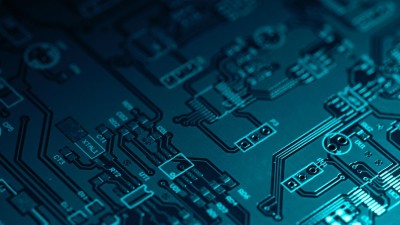
Quantum reservoir computing is a promising paradigm in quantum machine learning that harnesses the inherent properties of quantum systems to enhance information processing.
This paper explores the potential of quantum-inspired approaches, leveraging the rich dynamics of quantum reservoirs, to solve complex computational tasks with improved efficiency and accuracy.
We are exploring the use of two-level atomic systems coupled to Lorentzian photonic cavities as a quantum computing reservoir system and are deploying its study both to standard machine-learning image recognition problems and the dynamics of open quantum systems. Our preliminary results suggest that the quantum physical reservoir computer is equally effective in generating valuable representations for quantum problems, even when faced with limited training data.
Scalability of optimal control in quantum computing
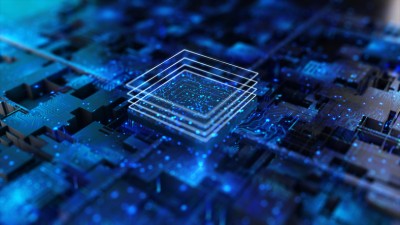
The race for scaling up quantum processors is ongoing with one of the most challenging aspects being the need to reduce the error rate experienced when implementing quantum gates. These errors emanate from both random, uncontrollable, external noise sources, as well as from the limitations in precisely controlling a large array of qubits with limited ability to characterise and calibrate every element.
We are developing methods for improving quantum control to make it more robust to uncertainties while still maintaining scalability.
Publications
Topological states for quantum metrology and quantum computing
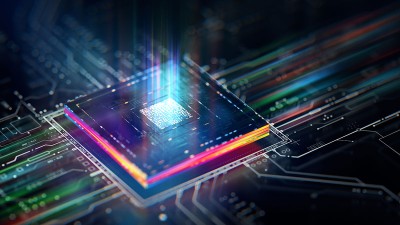
Topological superconductors and topological insulators possess ground states which are theorised to resist certain kinds of disorder and noise and hence may be used as ideal quantum memories and has application in quantum metrology in defining electrical current.
We develop the theoretical framework and modelling required for the experimental proof of principle demonstration.
Publications
- Electromagnetic response of the surface states of a topological insulator nanowire embedded within a resonator
- Implementation of Single-Qubit Gates via Parametric Modulation in the Majorana Transmon
- Electronic confinement of surface states in a topological insulator nanowire
- Differentiating Majorana from Andreev bound states in a superconducting circuit.
Superfluid quantum circuits for fundamental physics and quantum technology
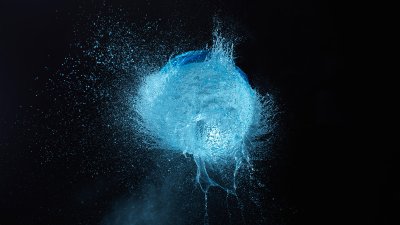
The study of superfluid 3He has important particle physics and cosmological implications. The normal phase of pure liquid 3He is separately invariant under spin and orbital rotations, gauge transformations as well as discrete symmetries of space and time inversion. This rich symmetry structure has a close correspondence to the complex symmetry of the early universe.
It is believed that the early Universe evolved after the Big Bang, through undergoing a series of symmetry-breaking phase transitions, in an analogous manner to the breaking of symmetries at phase transitions in superfluid 3He. The Standard Model is an effective theory describing the low-energy phenomena that emerge from the cosmological vacuum.
In an analogous way, the effective theory describing the collective modes, quasiparticles and defects that emerge from the ground state of superfluid 3He offers a laboratory analogue of Standard Model physics, due to the similarity of the maximal symmetry group with that of the early Universe.
We propose superfluid 3He as a quantum simulator for Standard Model physics in the laboratory. The low-pressure low-temperature phase of this quantum liquid is the B-phase which is a paradigm for time-reversal invariant topological order. When 3He-B is confined on the mesoscopic scale (which is the scale of its superfluid coherence length), Andreev bound states with a Dirac-type spectrum are confined to the boundary of the superfluid. These are spin-polarized Majorana fermions created by Andreev processes at the boundary, as depicted in the graphic. Probing these states can shed light on hidden spinor degrees of freedom, testing the superselection rule in the Standard Model.
We have designed a device to probe this physics. We recognise this device to be a hybrid superconducting superfluid device that could serve as an analogue of the superconducting quantum circuit. This offers a double benefit. We are developing a programme to incorporate an investigation of the fundamental physics of qubit operation in this analogue. This proposal has been funded by the International Science Partnership Fund of the UKRI via the STFC.


